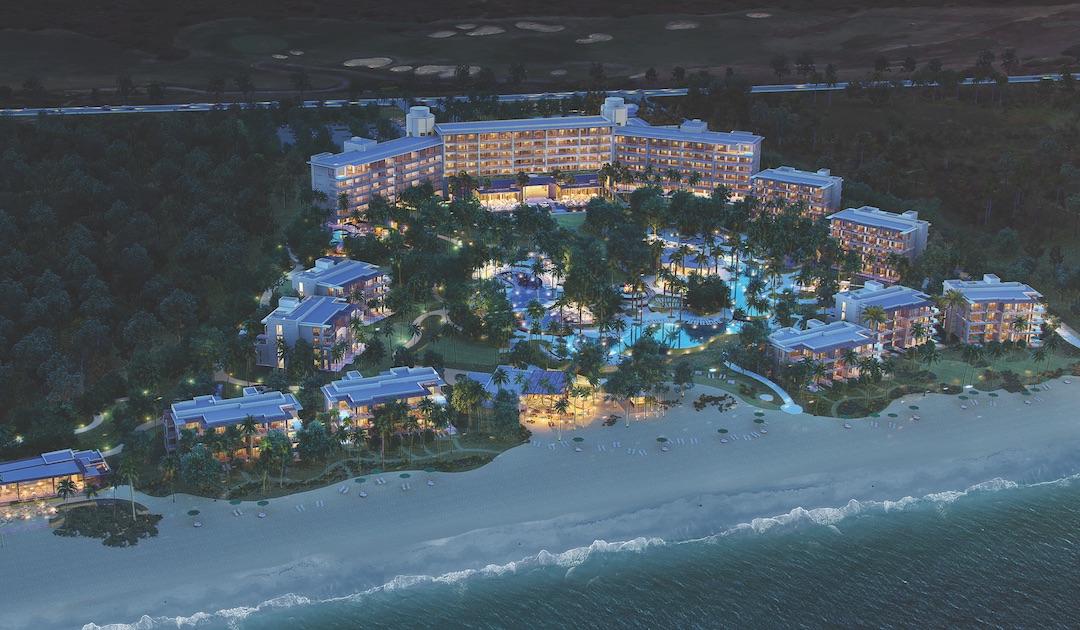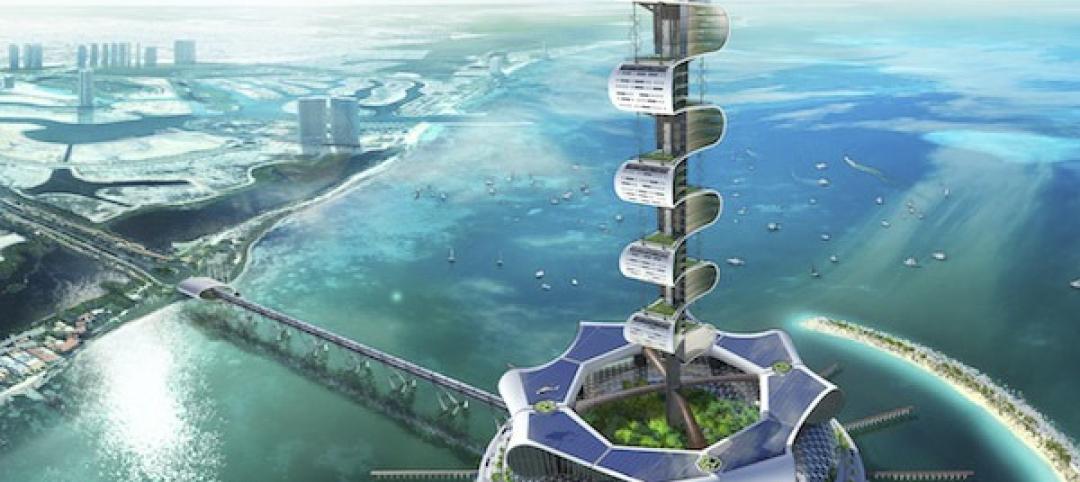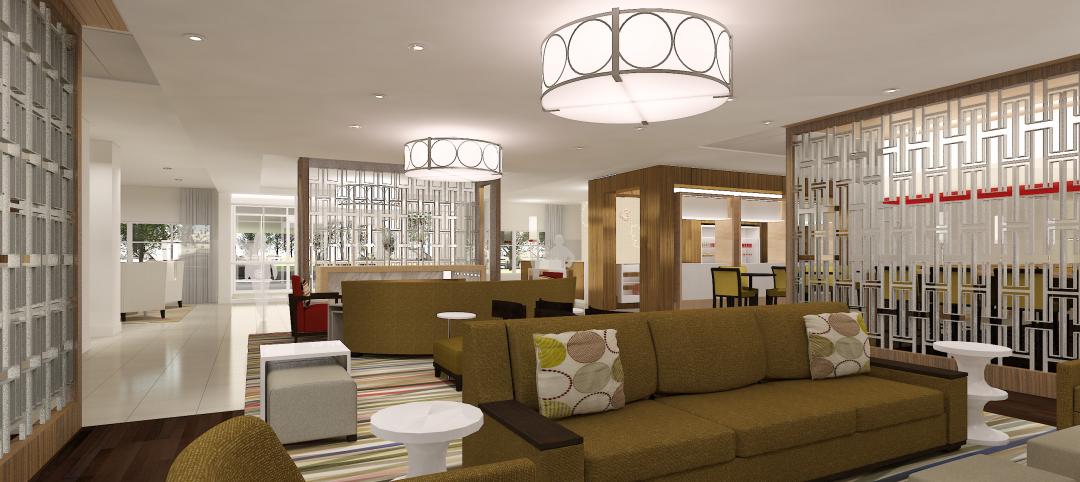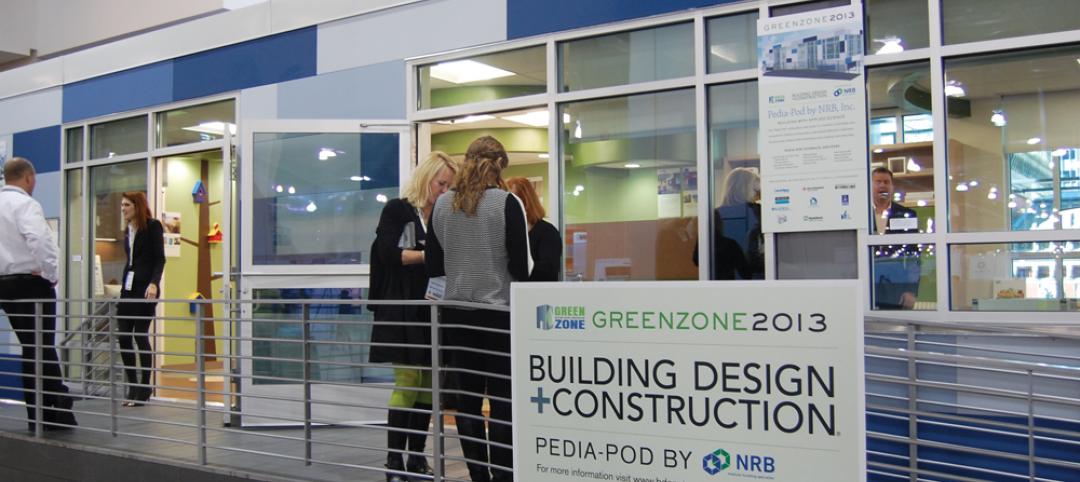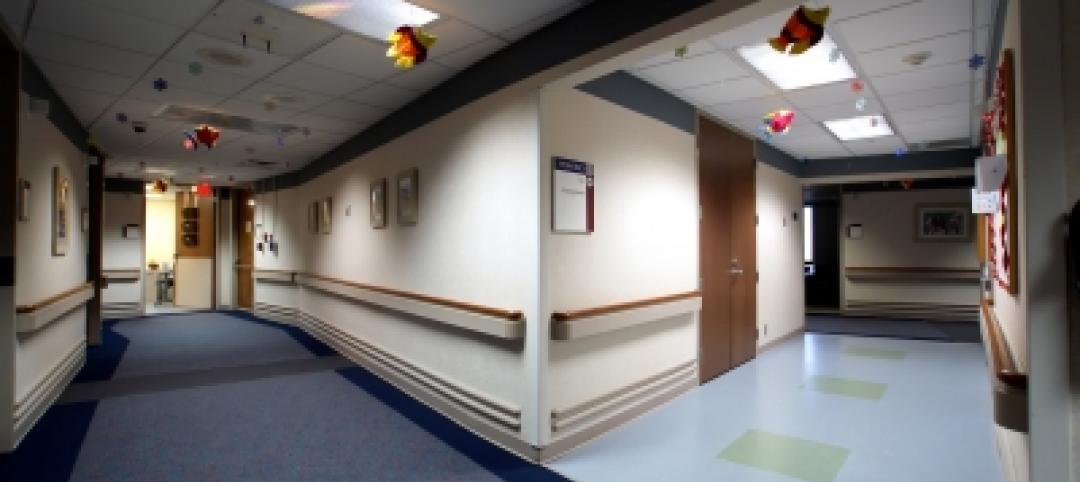Global travel spending hit $1.6 trillion last year. That spending feeds the hotel industry.
Last year, the U.S. alone opened 975 properties with 116,838 rooms, had 1,544 hotels with 200,632 rooms under construction, and another 1,506 hotels with 177,849 rooms in early planning stages, as estimated by Lodging Econometrics.
“Economic fundamentals appear strong enough to support tempered growth in the hotel space without any additional stimulus,” says Scott Lee, AIA, LEED AP, President and Principal of SB Architects.
See also: Top 110 Hotel Architecture + AE Firms - 2018 Giants 300
See also: Top 65 Hotel Engineering + EA Firms - 2018 Giants 300
See also: Top 90 Hotel Construction + CM Firms - 2018 Giants 300
Brian Klipp, FAIA, NCARB, Principal in CannonDesign’s Denver office, says hoteliers are basing their location decisions on strategic site, demographic, and market analyses.
One new trend is dual branding, which gives guests access to amenities shared by two properties, says Bill Wilhelm, President, R.D. Olson Construction. Dual branding also attracts a wider range of guests at various price points, which cuts down on staffing needs, he adds.
In April, Olson started construction on a 159-key Courtyard by Marriott and a 129-key six-story Residence Inn in Marina del Rey, Calif. They will share a lobby, waterfront restaurant and bar, and second-level outdoor terrace.
In Cancun, Mexico, SB Architects has designed two neighboring beachfront Hilton properties: the luxury 150-key Waldorf Astoria and the all-inclusive 600-key Hilton Cancun. The properties were developed by Parks Hospitality.
heightened Amenities score with guests
What sets hotels apart from one another is their public spaces and amenities, such as ubiquitous technology and food and beverage innovations, says Lee.
"Guests choosing a boutique hotel are looking for more than a nice place to sleep. They are seeking an immersive experience,” says Ray Delgadillo, a Designer with Page. The firm has designed the 39-key Ruby Hotel in Round Rock, Texas, which is set in an existing mid-century house as a full-service bar and gathering space. Two new buildings nestle beneath a lush canopy of trees.
Wendy Dunnam Tita, FAIA, IIDA, LEED AP, Page’s Principal and Interior Architecture Director, notes that art and architecture are "stronger than ever” in hospitality. “One way we achieve this is by creating moments in the space that emphasize art,” says Tita. “Urban landscape continues to have a lot of influence on our work.”
For The Hotel Chaco in Albuquerque, N.M., Gensler explored local ruins near Chaco Canyon to inform its decisions about the hotel’s design and materials, which included stone masonry and wood timbers, says Steven Burgos, NCIDQ, IIDA, Assoc. AIA, Technical Designer in Gensler’s Miami office.
As for hotel lobbies, they're looking more and more like co-working and open-office concepts. Gensler designed the lobby of the Aloft Miami Dadeland in Florida to serve as registration, café, lounge, workspace, and bar. “We also weaved in local context with connectivity to the outdoors and the infusion of bold pops of color,” says Burgos.
Brand standards have morphed into "standards with an attitude,” says CannonDesign's Klipp. Check-in areas are becoming "social environments" full of energy and engaging sounds and smells. In some hotels incoming guests are greeted and ushered to their rooms by iPad-equipped staff. Workspaces are being designed as tech-enabled lounges.
CannonDesign's recently completed Jacquard Hotel, which is scheduled to open this September in Denver’s Cherry Creek North District, has a ninth-floor rooftop with a 25-yard lap pool, spa, fire pits, bar, lounge areas, and dramatic views of downtown and the Rocky Mountains. The terrace is protected from inclement weather by a 10-foot-tall glass screen.
Hotels are expressing their personalities in all kinds of ways. In Switzerland, Bjarke Ingels Group has designed the 50-room Hotel des Horlogers in five zigzag sections. Guests will be able to access the nearby mountain slopes by skiing down the hotel’s rooftops.
See Also: Office trends 2018: Campus consolidations bring people together
Last May, in Ybor City, Fla., near Tampa, Aparium Hotel Group broke ground on a $52 million, 176-room boutique hotel. Aparium, which will manage the hotel, insisted that its design reference the city’s colorful past, which included a gambling house and the famous gay disco Las Novedades Restaurant. “We made a conscious decision to go back to a mid-century Havana design ethic,” with balconies overlooking the street and an interior courtyard, Carlos Alfonso, CEO of Alfonso Architects, told the Tampa Bay Times.
The forgotten sector: Midscale guests
In the hotel trade, not all markets are equal. Lodging Econometrics estimated that the upper midscale and upscale pipelines account for 72% of all U.S. hotel projects.
That leaves a gaping void in the middle.
"Hotels are successful when they are either large-scale or small," says SB Architects' Lee. "Occupying the middle ground can be dangerous territory. If there is one segment that should capture the attention of hotel developers in 2018, it’s the midscale."
Does anyone see an opportunity here?
Related Stories
Smart Buildings | Jan 7, 2014
9 mega redevelopments poised to transform the urban landscape
Slowed by the recession—and often by protracted negotiations—some big redevelopment plans are now moving ahead. Here’s a sampling of nine major mixed-use projects throughout the country.
| Dec 27, 2013
Grand Cancun to be first net-zero energy luxury eco-tourism resort
Using a marine platform concept instead of an artificial island, the development will create more space with less impact in the fragile marine ecosystem.
| Dec 20, 2013
Top healthcare sector trends for 2014 (and beyond)
Despite the lack of clarity regarding many elements of healthcare reform, there are several core tenets that will likely continue to drive transition within the healthcare industry.
| Dec 17, 2013
IBM's five tech-driven innovation predictions for the next five years [infographics]
Smart classrooms, DNA-based medical care, and wired cities are among the technology-related innovations identified by IBM researchers for the company's 5 in 5 report.
| Dec 17, 2013
CBRE's Chris Bodnar and Lee Asher named Healthcare Real Estate Executives of the Year
CBRE Group, Inc. announced today that two of its senior executives, Chris Bodnar and Lee Asher, have been named Healthcare Real Estate Executives of the Year by Healthcare Real Estate Insights.
| Dec 13, 2013
Safe and sound: 10 solutions for fire and life safety
From a dual fire-CO detector to an aspiration-sensing fire alarm, BD+C editors present a roundup of new fire and life safety products and technologies.
| Dec 11, 2013
Wyndham unveils hotel prototype for its Hawthorn Suites chain
The extended-stay hotel prototype reduces development costs by 46% for franchisees and enhances the overall guest experience.
| Dec 10, 2013
16 great solutions for architects, engineers, and contractors
From a crowd-funded smart shovel to a why-didn’t-someone-do-this-sooner scheme for managing traffic in public restrooms, these ideas are noteworthy for creative problem-solving. Here are some of the most intriguing innovations the BD+C community has brought to our attention this year.
| Dec 10, 2013
Modular Pedia-Pod: Sustainability in healthcare construction [slideshow]
Greenbuild 2013 in Philadelphia was the site of a unique display—Pedia-Pod, a modular pediatric treatment room designed and built by NRB, in collaboration with the editors of Building Design+Construction, SGC Horizon LLC, and their team of medical design consultants.
| Dec 3, 2013
Creating a healthcare capital project plan: The truth behind the numbers
When setting up a capital project plan, it's one thing to have the data, but quite another to have the knowledge of the process.


